UPDATE (February 3rd, 2021):
Following the publication of our research, BigNox have contacted us to say that their initial denial of the compromise was a misunderstanding on their part and that they have since taken these steps to improve security for their users:
- use only HTTPS to deliver software updates in order to minimize the risks of domain hijacking and Man-in-the-Middle (MitM) attacks
- implement file integrity verification using MD5 hashing and file signature checks
- adopt additional measures, notably encryption of sensitive data, to avoid exposing users’ personal information
BigNox have also stated that they have pushed the latest files to the update server for NoxPlayer and that, upon startup, NoxPlayer will now run a check of the application files previously installed on the users’ machines.
ESET assumes no responsibility for the accuracy of the information provided by BigNox.
During 2020, ESET research reported various supply-chain attacks, such as the case of WIZVERA VeraPort, used by government and banking websites in South Korea, Operation StealthyTrident compromising the Able Desktop chat software used by several Mongolian government agencies, and Operation SignSight, compromising the distribution of signing software distributed by the Vietnamese government.
In January 2021, we discovered a new supply-chain attack compromising the update mechanism of NoxPlayer, an Android emulator for PCs and Macs, and part of BigNox's product range with over 150 million users worldwide.
This software is generally used by gamers in order to play mobile games from their PCs, making this incident somewhat unusual.
Three different malware families were spotted being distributed from tailored malicious updates to selected victims, with no sign of leveraging any financial gain, but rather surveillance-related capabilities.
We spotted similarities in loaders we have been monitoring in the past with some of the ones used in this operation, such as instances we discovered in a Myanmar presidential office website supply-chain compromise on 2018, and in early 2020 in an intrusion into a Hong Kong university.
About BigNox
BigNox is a company based in Hong Kong, which provides various products, primarily an Android emulator for PCs and Macs called NoxPlayer. The company’s official website claims that it has over 150 million users in more than 150 countries speaking 20 different languages. However, it’s important to note that the BigNox follower base is predominantly in Asian countries.
BigNox also wrote an extensive blogpost in 2019 on the use of VPNs in conjunction with NoxPlayer, showing the company’s concern for their users' privacy.
We have contacted BigNox about the intrusion, and they denied being affected. We have also offered our support to help them past the disclosure in case they decide to conduct an internal investigation.
Am I compromised?
- Who is affected: NoxPlayer users.
- How to determine if I received a malicious update or not: check if any ongoing process has an active network connection with known active C&C servers, or see if any of the malware based on the file names we provided in the report is installed in:
- C:\ProgramData\Sandboxie\SbieIni.dat
- C:\ProgramData\Sandboxie\SbieDll.dll
- C:\ProgramData\LoGiTech\LBTServ.dll
- C:\Program Files\Internet Explorer\ieproxysocket64.dll
- C:\Program Files\Internet Explorer\ieproxysocket.dll
- a file named %LOCALAPPDATA%\Nox\update\UpdatePackageSilence.exe not digitally signed by BigNox.
- How to stay safe:
- In case of intrusion - standard reinstall from clean media.
- For non-compromised users: do not download any updates until BigNox notifies that it has mitigated the threat.
Timeline
Based on ESET telemetry, we saw the first indicators of compromise in September 2020, and activity continued until we uncovered explicitly malicious activity on January 25th, 2021, at which point we reported the incident to BigNox.
Victimology
In comparison to the overall number of active NoxPlayer users, there is a very small number of victims. According to ESET telemetry, more than 100,000 of our users have Noxplayer installed on their machines. Among them, only 5 users received a malicious update, showing that Operation NightScout is a highly targeted operation. The victims are based in Taiwan, Hong Kong and Sri Lanka.

Figure 1. Asia victimology map
We were unsuccessful finding correlations that would suggest any relationships among victims. However, based on the compromised software in question and the delivered malware exhibiting surveillance capabilities, we believe this may indicate the intent of collecting intelligence on targets somehow involved in the gaming community.
It is important to highlight that, in contrast with similar previous operations such as the Winnti Group activity targeting the gaming industry in 2019, we haven’t found indicators that would suggest indiscriminate proliferation of malicious updates among a large number NoxPlayer users, reinforcing our belief that this is a highly targeted operation.
Update mechanism
In order to understand the dynamics of this supply-chain attack, it’s important to know what vector was used in order to deliver malware to NoxPlayer users. This vector was NoxPlayer’s update mechanism.
On launch, if NoxPlayer detects a newer version of the software, it will prompt the user with a message box (Figure 2) to offer the option to install it.

Figure 2. NoxPlayer update prompt
This is done by querying the update server via the BigNox HTTP API (api.bignox.com) in order to retrieve specific update information, as seen in Figure 3.
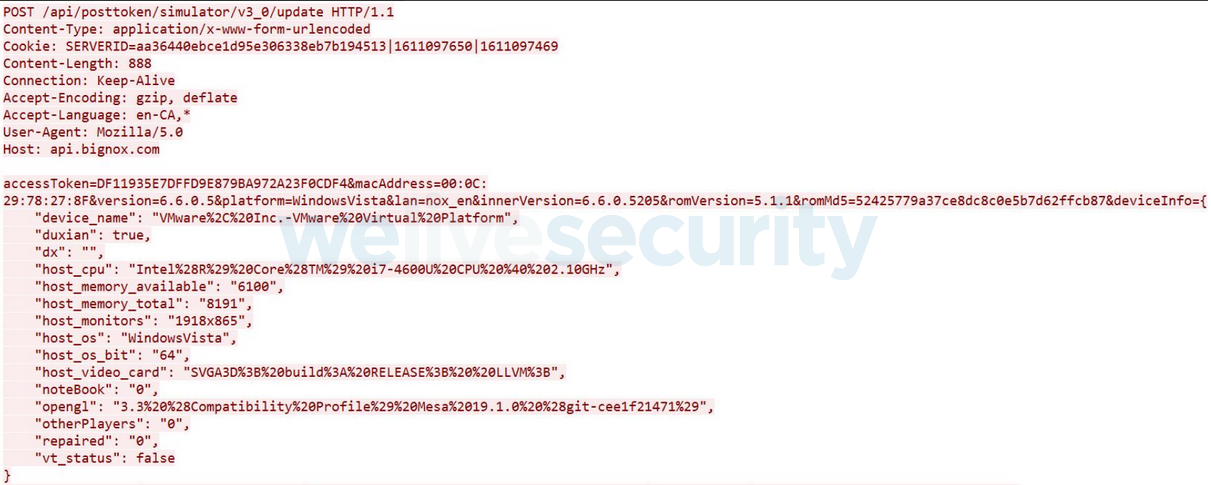
Figure 3. NoxPlayer client update API request
The response to this query contains update-specific information such as the update binary URL, its size, MD5 hash and other additional related information as seen in Figure 4.

Figure 4. NoxPlayer server API reply
Upon pressing the “Update now” button from Figure 1, the main NoxPlayer binary application Nox.exe will supply the update parameters received to another binary in its toolbox NoxPack.exe, which is in charge of downloading the update itself, as can be seen in Figure 5.

Figure 5. NoxPlayer execution chain on update
After this is done, the progress bar in the message box will reflect the state of the download (Figure 6), and when completed the update has been performed.
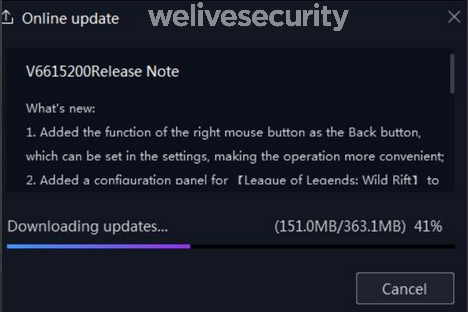
Figure 6. NoxPlayer update ongoing via NoxPack.exe
Supply-chain compromise indicators
We have sufficient evidence to state that the BigNox infrastructure (res06.bignox.com) was compromised to host malware, and also to suggest that their HTTP API infrastructure (api.bignox.com) could have been compromised. In some cases, additional payloads were downloaded by the BigNox updater from attacker-controlled servers. This suggests that the URL field, provided in the reply from the BigNox API, was tampered with by the attackers. The intrusion flow observed is depicted in Figure 7.
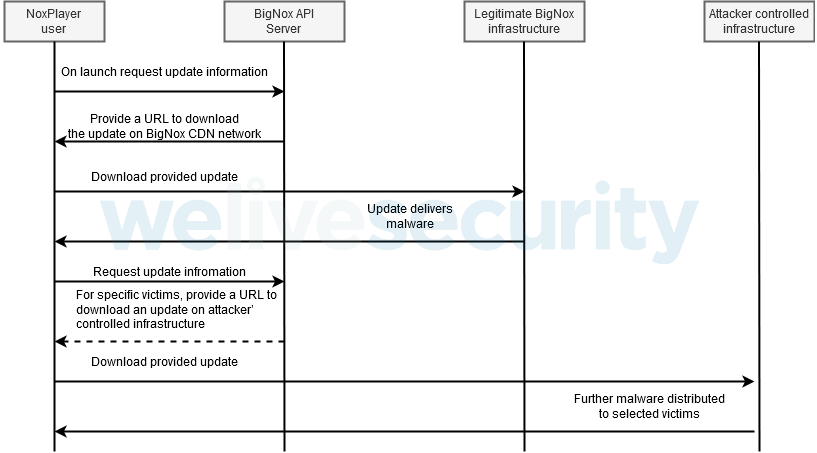
Figure 7. Intrusion flow sequence diagram
An overview of what's shown in the sequence diagram above is the following:
- On launch, the primary NoxPlayer executable Nox.exe sends a request via the API to query update information.
- The BigNox API server responds to the client request with specific update information, including the URL to download the update from BigNox legitimate infrastructure.
- Nox.exe provides the appropriate parameters to NoxPlayer.exe to download the update.
- The legitimate update stored in BigNox infrastructure could have been replaced with malware, or it may be a new filename/URL not used by legitimate updates.
- Malware is installed on the victim’s machine. Contrary to legitimate BigNox updates, the malicious files are not digitally signed, strongly suggesting that the BigNox build system was not compromised, but just its systems that distribute updates.
- Some reconnaissance of the victim is performed and information sent to the malware operators.
- The perpetrators tailor malicious updates to specific victims of interest based on some unknown filtering scheme.
- Nox.exe will perform sporadic update requests.
- The BigNox API server responds to the client with update information, which states that the update is stored in the attacker-controlled infrastructure.
- Further malware gets delivered to selected victims.
With this information we can highlight several things:
- Legitimate BigNox infrastructure was delivering malware for specific updates. We observed that these malicious updates were only taking place in September 2020.
- Furthermore, we observed that for specific victims, malicious updates were downloaded from attacker-controlled infrastructure subsequently and throughout the end of 2020 and early 2021.
- We are highly confident that these additional updates were performed by Nox.exe supplying specific parameters to NoxPack.exe, suggesting that the BigNox API mechanism may have also been compromised to deliver tailored malicious updates.
- It could also suggest the possibility that victims were subjected to a MitM attack, although we believe this hypothesis is unlikely since the victims we discovered are in different countries, and attackers already had a foothold on the BigNox infrastructure.
- Furthermore, we were able to reproduce the download of the malware samples hosted on res06.bignox.com from a test machine and using https. This discards the possibility that a MitM attack was used to tamper with the update binary.
It is also important to mention that malicious updates downloaded from the attacker-controlled infrastructure mimicked the path of legitimate updates:
-
- Malicious update to attacker-controlled infrastructure:
http://cdn.cloudfronte[.]com/player/upgrade/ext/20201030/1/35e3797508c555d5f5e19f721cf94700.exe
- Malicious update to attacker-controlled infrastructure:
-
- Legitimate NoxPlayer update:
http://res06.bignox[.]com/player/upgrade/202012/1b31bced0a564bed9f60264f061dcdae.exe
- Legitimate NoxPlayer update:
Furthermore, registered attacker-controlled domain names mimicked the BigNox CDN network domain name, that being cloudfront.net.
These indicators suggest that attackers were trying to avoid detection so that they could remain under the radar and achieve long-term persistence.
Malware
A total of three different malicious update variants were observed, each of which dropped different malware. These variants are the following:
Malicious Update variant 1
This variant is one of the preliminary updates pointing to compromised BigNox infrastructure. Our analysis is based on the sample with SHA-1 CA4276033A7CBDCCDE26105DEC911B215A1CE5CF.
The malware delivered does not seem to have been documented before. It is not extremely complex, but it has enough capabilities to monitor its victims. The initial RAR SFX archive drops two DLLs into C:\Program Files\Internet Explorer\ and runs one of them, depending on architecture, via rundll32.exe. The names of these DLLs are the following:
- ieproxysocket64.dll
- ieproxysocket.dll
It also drops a text file named KB911911.LOG to disk, into which the original name of the SFX installer will be written. The DLL attempts to open and read this log file, and if not found will stop execution, therefore implementing an execution guardrail.
The DLL will then check whether it has been loaded by any of the following processes; if it has, it will stop its own execution:
- smss.exe
- winlogon.exe
- csrss.exe
- wininit.exe
- services.exe
- explorer.exe
The IP address of the machine will be checked to verify that it is neither 127.0.0.1 nor 0.0.0.0; if it is, it will be rechecked in an infinite loop until it changes. Otherwise, it will proceed to extract the UUID of the current machine via a WMI object query. This returned UUID is hashed using MD5 to serialize the current victim. Account name information will also be retrieved and saved.
An encrypted configuration will be retrieved from the DLL’s resource. This configuration is encrypted using a two-byte XOR with 0x5000. The encrypted configuration is partially visible given the weakness of the key used:
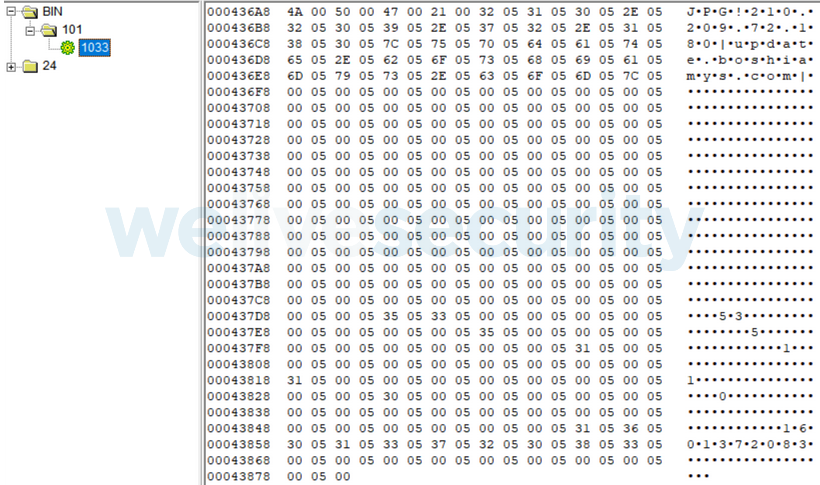
Figure 8. Encrypted configuration in resources
The format of this configuration is the following (roughly):
| Offset | Size | Comment |
|---|---|---|
| 0x00 | 0x08 | Fake JPG header magic |
| 0x08 | 0x12C | Buffer holding tokenized C&C information |
| 0x134 | 0x14 | Buffer holding port for C&C communication |
| 0x148 | 0x14 | Sleep time |
| 0x15C | 0x14 | Operate flag; don’t operate with network monitoring tools deployed or if this flag is set |
| 0x170 | 0x14 | N/A |
| 0x184 | 0x14 | DNS flag; append a token at the end of a hostname buffer with either |UDP or |DNS, depending on the value of this field |
| 0x198 | 0x38 | Variable holding offset start of decoded configuration buffer |
After the configuration has been parsed, the backdoor will check several times for network monitoring processes before transferring execution to the C&C loop. Operation stops if the Operate flag is set or if either of the following processes is running:
- netman.exe
- wireshark.exe
The backdoor can use either a raw IP address or a domain name to communicate with the C&C server. After successful connection to the C&C, the malware will be able to perform the following commands:
| Command ID | Specification |
|---|---|
| getfilelist-delete | Delete specified files from the disk |
| getfilelist-run | Run a command via the WinExec API |
| getfilelist-upload | Upload a file via ScreenRDP.dll::ConnectRDServer |
| getfilelist-downfile1 | Download a specific file |
| getfilelist-downfile2 | Download a specific directory |
| getfilelist-downfile3 | Same as getfilelist-downfile2 |
| <default> | \\tsclient drive redirection of certain directories (starting with A: for range(0x1A)) |
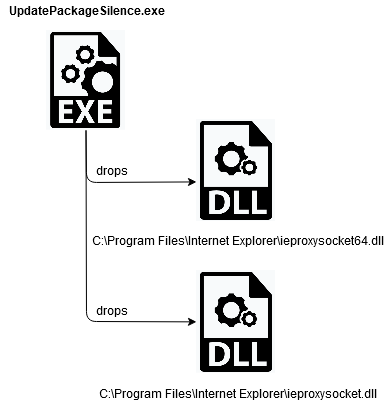
Figure 9. Anatomy of malicious update variant 1
Malicious Update variant 2
This malware variant was also spotted being downloaded from legitimate BigNox infrastructure. Our analysis is based on the sample with SHA-1 E45A5D9B03CFBE7EB2E90181756FDF0DD690C00C.
It contains several files comprising what is known as a trident bundle, in which a signed executable is used to load a malicious DLL, which will decrypt and load a shellcode, implementing a reflective loader for the final payload.
The theme for this trident bundle was to disguise the malware as Sandboxie components. The names of the bundled components are the following:
| Filename | Description |
|---|---|
| C:\ProgramData\Sandboxie\SandboxieBITS.exe | Signed Sandboxie COM Services (BITS) |
| C:\ProgramData\Sandboxie\SbieDll.dll | Malicious hijacked DLL |
| C:\ProgramData\Sandboxie\SbieIni.dat | Malicious encrypted payload; decrypts a reflectively loaded instance of Gh0st RAT |
| C:\Users\Administrator\AppData\Local\Temp\delself.bat | Script to self-delete the initial executable |
| C:\Windows\System32\wmkawe_3636071.data | Text file containing the sentence Stupid Japanese |
We have encountered other instances of this same text file, dropped by a very similar loader in a supply-chain compromise involving the Myanmar presidential office website in 2018, and in an intrusion into a Hong Kong university in 2020.
The deployed final payload was a variant of Gh0st RAT with keylogger capabilities.
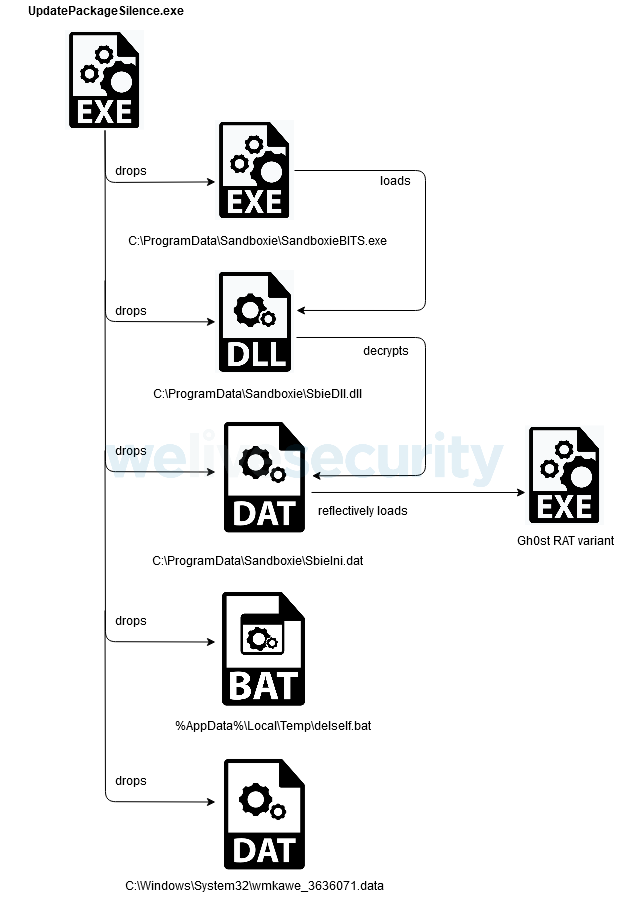
Figure 10. Anatomy of malicious update variant 2
Malicious Update variant 3
This update variant was only spotted in activity subsequent to initial malicious updates, downloaded from attacker-controlled infrastructure. Our analysis is based on the sample with SHA-1 AA3D31A1A6FE6888E4B455DADDA4755A6D42BEEB.
Similarly, as with the previous variant, this malicious update comes bundled in an MFC file, and extracts two components: a benign signed file and a dependency of it. The components are:
| Filename | Description |
|---|---|
| C:\ProgramData\LoGiTech\LoGitech.exe | Signed Logitech binary |
| C:\ProgramData\LoGiTech\LBTServ.dll | Malicious DLL decrypts and reflectively loads an instance of PoisonIvy |
On the most recently discovered victims, the initial downloaded binary was written in Delphi, while for previous victims the same attacker-controlled URL dropped a binary written in C++. These binaries are the initial preliminary loaders. Although the loaders were written in different programming languages, both versions deployed the same final payload, that being an instance of the PoisonIvy RAT.
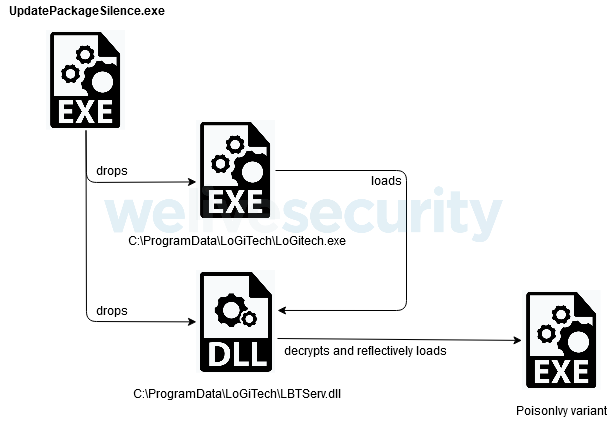
Figure 11. Anatomy of malicious update variant 3
Conclusion
We have detected various supply-chain attacks in the last year, such as Operation SignSight or the compromise of Able Desktop among others. However, the supply-chain compromise involved in Operation NightScout is particularly interesting due to the targeted vertical, as we rarely encounter many cyberespionage operations targeting online gamers.
Supply-chain attacks will continue to be a common compromise vector leveraged by cyber-espionage groups, and its complexity may impact the discovery and mitigation of these type of incidents.
For any inquiries, or to make sample submissions related to the subject, contact us at: threatintel@eset.com.
Acknowledgement
The author would like to give special credit to Matthieu Faou for his support and feedback during the investigation.
Indicators of Compromise (IoCs)
Files
| SHA-1 | ESET detection name | Decription |
|---|---|---|
| CA4276033A7CBDCCDE26105DEC911B215A1CE5CF | Win32/Agent.UOJ | Malicious Update variant 1 |
| E45A5D9B03CFBE7EB2E90181756FDF0DD690C00C | Win32/GenKryptik.ENAT | Malicious Update variant 2 |
| AA3D31A1A6FE6888E4B455DADDA4755A6D42BEEB | Win32/Kryptik.HHBQ | Malicious Update variant 3 |
| 5732126743640525680C1F9460E52D361ACF6BB0 | Win32/Delf.UOD | Malicious Update variant 3 |
C&C servers
210.209.72[.]180
103.255.177[.]138
185.239.226[.]172
45.158.32[.]65
cdn.cloudistcdn[.]com
q.cloudistcdn[.]com
update.boshiamys[.]com
Malicious update URLs
http://cdn.cloudfronter[.]com/player/upgrade/ext/20201030/1/35e3797508c555d5f5e19f721cf94700.exe
http://cdn.cloudfronter[.]com/player/upgrade/ext/20201101/1/bf571cb46afc144cab53bf940da88fe2.exe
http://cdn.cloudfronter[.]com/player/upgrade/ext/20201123/1/2ca0a5f57ada25657552b384cf33c5ec.exe
http://cdn.cloudfronter[.]com/player/upgrade/ext/20201225/7c21bb4e5c767da80ab1271d84cc026d.exe
http://cdn.cloudfronter[.]com/player/upgrade/ext/20210119/842497c20072fc9b92f2b18e1d690103.exe
https://cdn.cloudfronte[.]com/player/upgrade/ext/20201020/1/c697ad8c21ce7aca0a98e6bbd1b81dff.exe
http://cdn.cloudfronte[.]com/player/upgrade/ext/20201030/1/35e3797508c555d5f5e19f721cf94700.exe
http://res06.bignox[.]com/player/upgrade/202009/6c99c19d6da741af943a35016bb05b35.exe
http://res06.bignox[.]com/player/upgrade/202009/42af40f99512443cbee03d090658da64.exe
MITRE ATT&CK techniques
Note: This table was built using version 8 of the MITRE ATT&CK framework.
| Tactic | ID | Name | Description |
|---|---|---|---|
| Initial Access | T1195.002 | Supply Chain Compromise: Compromise Software Supply Chain | Malware gets delivered via NoxPlayer updates. |
| Execution | T1053.005 | Scheduled Task/Job: Scheduled Task | Malicious update variant 3 instances will be executed via Scheduled task. |
| Execution | T1569.002 | System Services: Service Execution | Malicious update variant 2 instances will be executed via service execution. |
| Persistence | T1053.005 | Scheduled Task/Job: Scheduled Task | Malicious update variant 2 instances will create a scheduled task to establish persistence. |
| Defense Evasion | T1140 | Deobfuscate/Decode Files or Information | Malicious update variant 2 and 3 will be contained in "trident" bundles for evasion purposes. |
| T1574.002 | Hijack Execution Flow: DLL Side-Loading | Malicious updates shipped as "trident" bundles will perform DLL side loading. | |
| Collection | T1056.001 | Input Capture:Keylogging | Some of the final payloads such as PoisonIvy and Gh0st RAT have keylogging capabilities. |
| Command and Control | T1090.001 | Proxy: Internal Proxy | The PoisonIvy final payload variant has capabilities to authenticate with proxies. |
| T1095 | Non-Application Layer Protocol | All malicious update instances communicate over raw TCP or UDP. | |
| T1573 | Encrypted Channel | Both PosionIvy and Gh0st RAT use encrypted TCP communication to avoid detection. | |
| Exfiltration | T1041 | Exfiltration Over C2 Channel | Exfiltration in all malicious updates instances is done over a Command and Control channel. |





